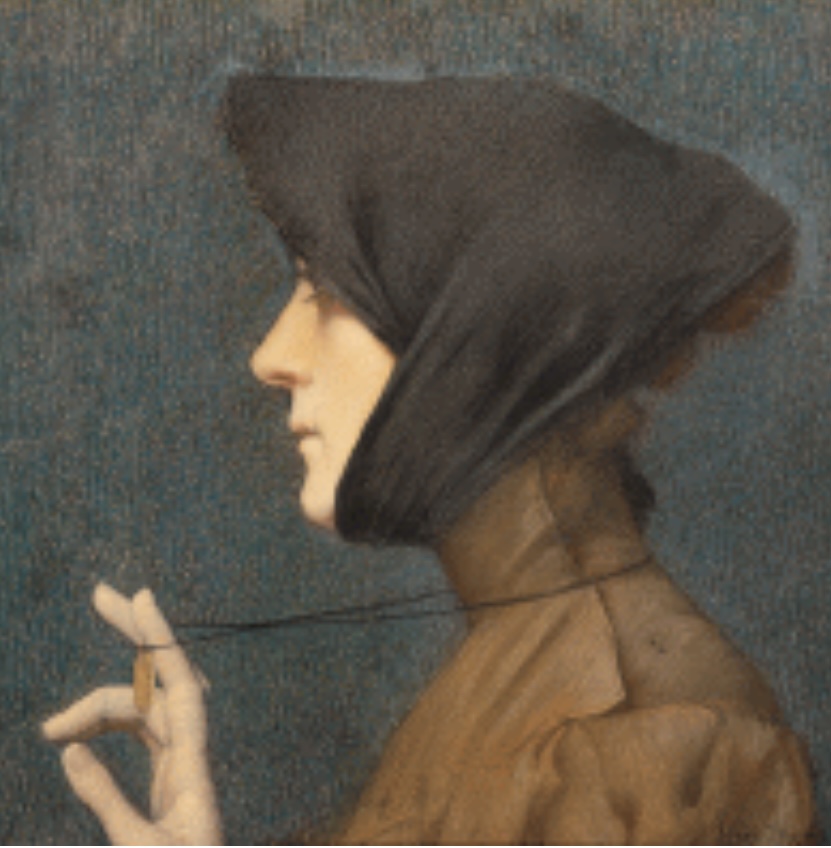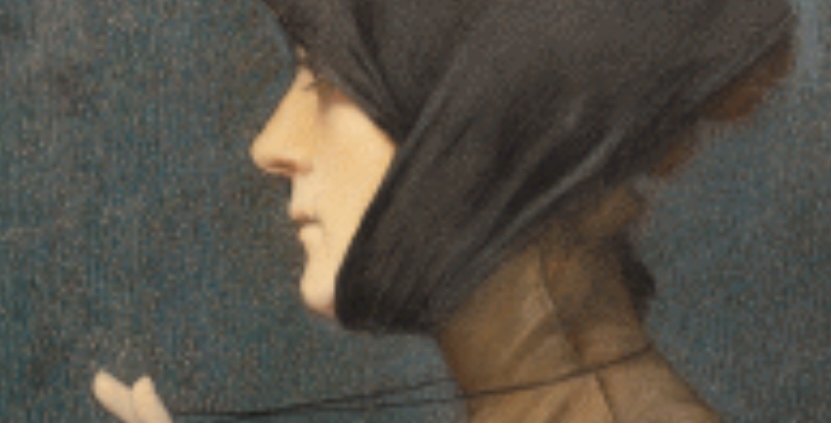Pastels
From Millet to Redon
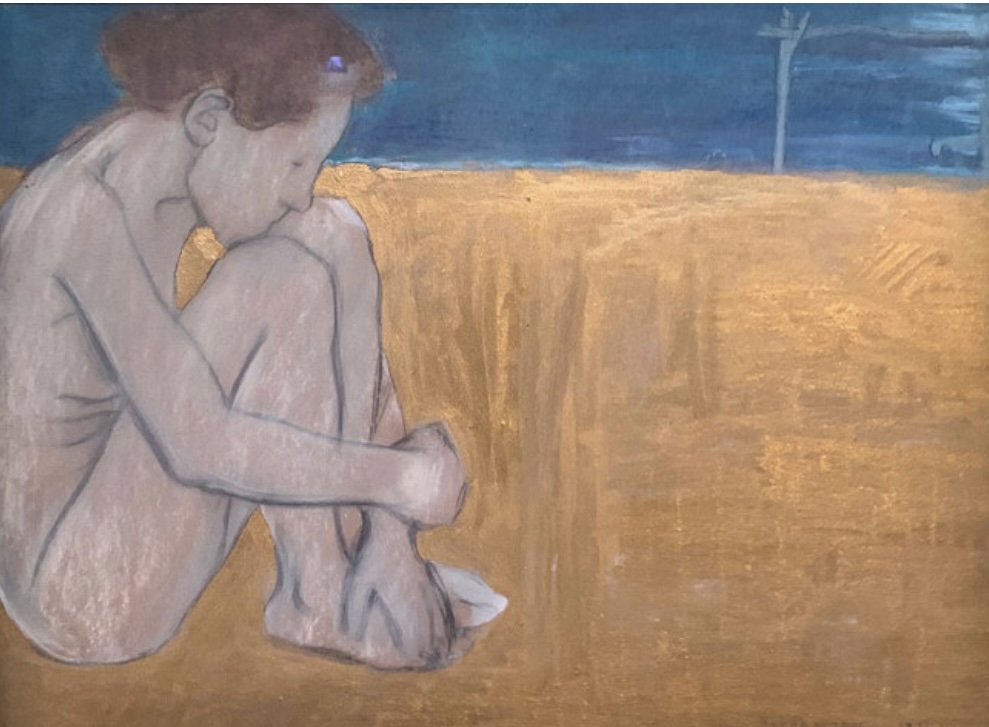
The 18th century is considered the golden age of pastel. This unequaled medium for rendering the effects of matter and the velvety complexion is then often restricted to portraiture. Passed out of fashion during the French Revolution, pastel experienced a renaissance from the mid-19th century until the beginning of the 20th century. The range of pastels then extends considerably both in terms of shades and textures, thus opening the door to all types of experimentation. The collection of the Musée d’Orsay testifies to this renewal in an exceptional way.
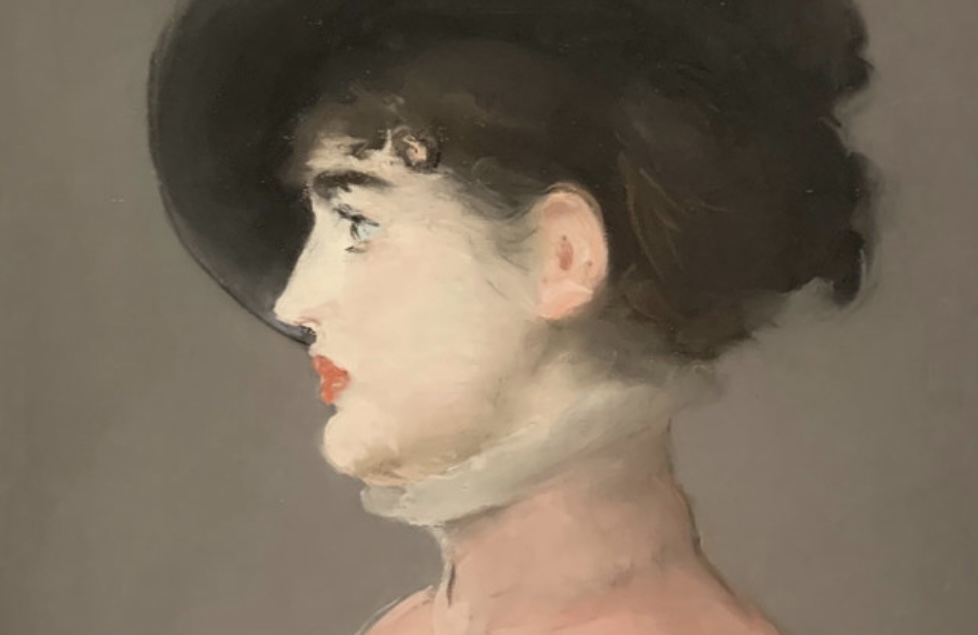
Neither drawing nor painting, pastel is a singular art that offers an immediate relationship with matter. Made up of pure pigments, it rests in suspension on the grain of the paper or on the canvas. The resulting vibration gives it its beauty, but also its fragility. Multifaceted, it allows all modulations, from the vaporous blur to the most vigorous hatching. Pastel fuses line and color, and it is significant that an artist like Degas used it almost exclusively from 1888-90, the choice of the medium marking the culmination of his assiduous research on drawing and painting. color.
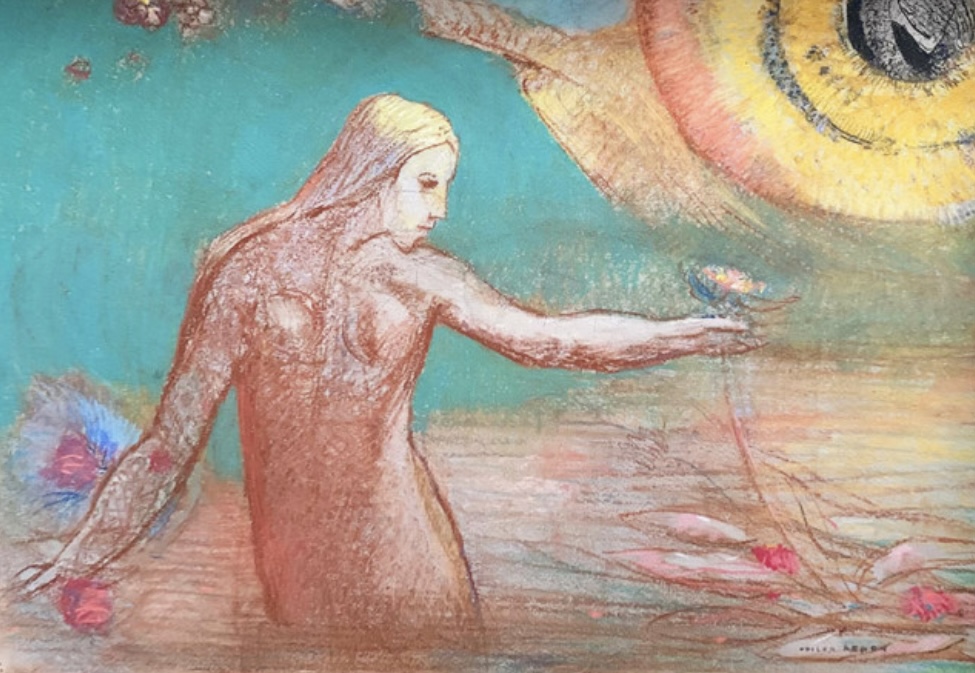
The exhibition is structured around eight major themes highlighting the revival of pastel from the second half of the 19th century. From the portrait, in the continuity of the 18th century, to the chimeras of symbolist artists, passing through the landscape or social transformations, the route will bring together many artists and will honor the works of Millet, Degas, Lévy-Dhurmer, Redon, Mary Cassatt, and many pastellists.
